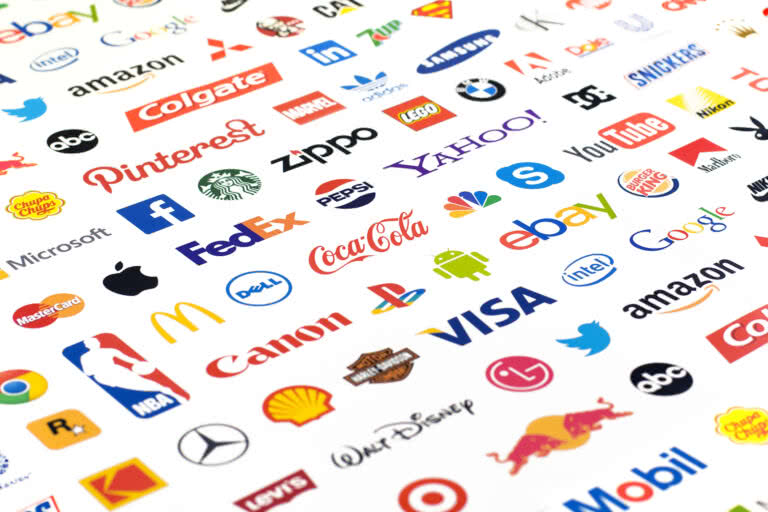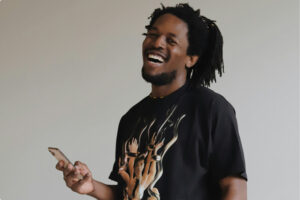Big brands shape their image through a range of mediums, developing a clear character via their products, packaging and retail space, as well as their advertising, promotions and online and offline customer interactions.
Live events are an important part of this. The most successful brands understand that by providing a physical experience, fans are able to ‘live the brand’ and subsequently gain deeper, longer-lasting connections to the products.
To see this strategy at work one only has to look to the Top 20 brands, recently announced by the CoolBrands Council. Topped by Apple, and containing the likes of Glastonbury, Nike and Spotify – all known for live activity – it’s evident how effective combining great product with great experiences can be for reputation building.
Let’s take a look at what these brands have been up to in the last year, and how you can take inspiration.
CoolBrand No. 1 – Apple
Apple has been organising its Apple Music Festival (previously known as the iTunes Festival) for 10 years now.
Taking place every September at the Roundhouse in Camden, London, tickets are offered through prize draws on Apple Music, through media partners and via the performers themselves. This year, Britney Spears personally messaged UK fans via Twitter giving them the chance to bag exclusive free tickets.
For those who aren’t lucky enough to attend, performances are streamed live and are available on-demand afterwards, free of charge, for Apple Music members.
The 10th Apple Music Festival comprised a total of 10 nights of performances featuring music’s biggest names such as Elton John, Calvin Harris, and Robbie Williams.
Other recent music-related activations by the tech brand include its U2 Experience Bus; a double decker kitted out with a huge digital screen on the outside and an interactive VR experience on the inside.
The bus was parked outside U2 concerts in London and Dublin and enabled fans to have a virtual reality experience of the band’s new song with the Oculus Rift. They could also learn about and sign up for Apple Music.
Key take-away: Align your brand with pop culture to reach your target demographic and benefit from existing fan bases.
Related: How to build a strong event brand
CoolBrand No. 2 – Glastonbury
Glastonbury is a little bit different to the others on the list by being both a brand and an event. However, it’s interesting to look at the way other brands use this legendary festival to bolster their own image.
Official Glastonbury Festival sponsor EE adds real value for festivalgoers by offering free mobile charging points and Wi-Fi hotspots. But not only do they endeavour to be useful, they also aim to delight with their creativity.
This year they presented ‘4GEE Hedgeliners’; a series of large topiary ‘selfie friendly’ structures to provide 4G Wi-Fi (and social media exposure). It follows on from 2015’s ‘Charging Bull’; a bull-shaped sculpture that doubled as a charging station.
Other brands that are Glastonbury regulars include Yeo Valley, which deploys a dining installation featuring its own yogurts and ice creams, and Greenpeace, which has an entire field.
This year the charity highlighted the plight of the world’s oceans with a virtual reality dome where festivalgoers could journey to the Great Barrier Reef. Other features included Greenpeace hot showers, a drop slide, ‘time machine pods’ and installations promoting clean energy.
Key take-away: By piggy backing on an existing cool event half of the work is done for you, but make sure your activation is relevant to avoid alienating the audience.
Related: Brands + Events = Profitable, engaging experiences for everyone
CoolBrand No. 5 – Nike
Nike is a brand that really understands the power of personalisation. From its completely customisable iD range of trainers, Nike+ training apps and FuelBand (the wearable that started it all), through to a comprehensive range of live events, Nike customers really can live the brand.
In London, Nike invites customers to ‘take on their city’ with daily activity including free skating, running club sessions and 13 different Nike Training Club classes, from yoga to street dance.
The sportswear giant also runs its Nike Academy offering sessions with top coaches to the best athletes. Places must be won through the Nike Most Wanted Trials, which take place in more than 25 countries with winners attending a global showcase in London, Liverpool, Newcastle or Manchester.
Key take-away: Run regular events that encourage customers to use your products and build a living, breathing community around your brand.
https://www.youtube.com/watch?v=oj94IT4dQKc
Related: 5 Ways Big Brands are Innovating the Live Experience
CoolBrand No. 7 – Spotify
Spotify hosted its third annual Sound Clash earlier this year, giving students the chance to win a £5,000 cash prize and exclusive winner’s party for their university club or society by putting together a killer 30-track playlist.
The initiative was designed by Seed Marketing in 2013, as part of an ‘always on’ student programme. The programme involved the recruitment and training of 60 Spotify Ambassadors at 60 universities throughout the UK, who would help to deliver and promote flagship moments throughout the academic year.
These include the Spotify Secret Social – one epic night of partying at a mystery location for 250 students, six university parties delivered from a custom Swedish fire truck and 250 on-campus Supported Parties.
The Sound Clash alone has more than 600 societies taking part with +40k playlist collaborators and an organic reach of 500k students. Meanwhile, the overall student campaign has succeeded in tripling premium student subscriptions and has seen student usage growing at a faster rate than any other demographic.
Key take-away: Target one demographic and do it really well, with on-going, on-tend activity to forge lasting relationships.
Conclusion
While you might not have big budgets for live events like these big brands, you can take inspiration for bringing your brand to life on a smaller scale.
Think about workshops and classes that can be held on-premises, online events like webinars and Twitter chats or simply partnering with a bigger event.





